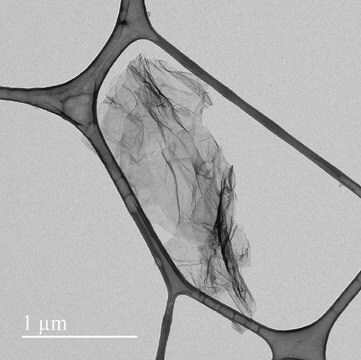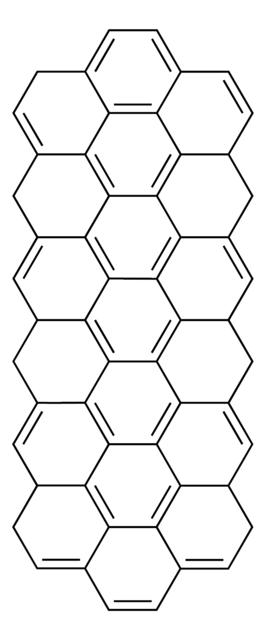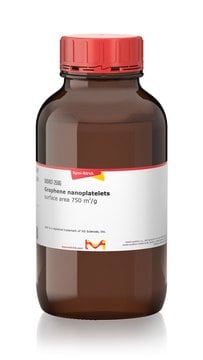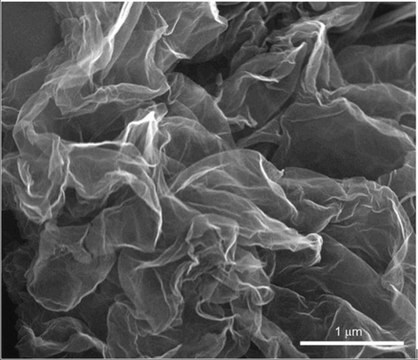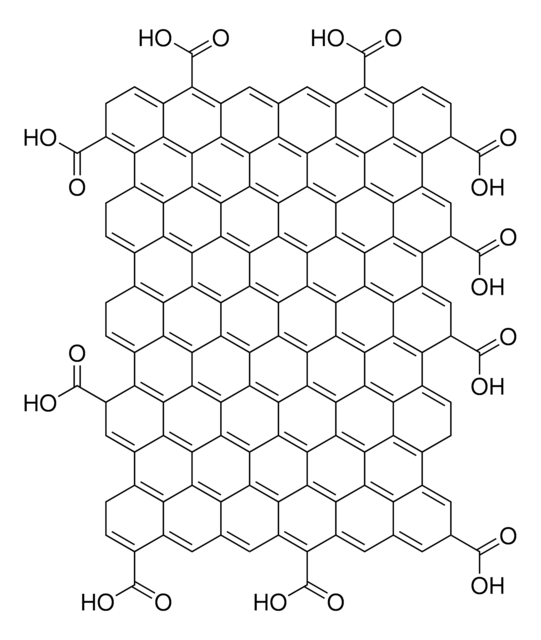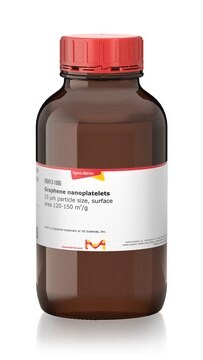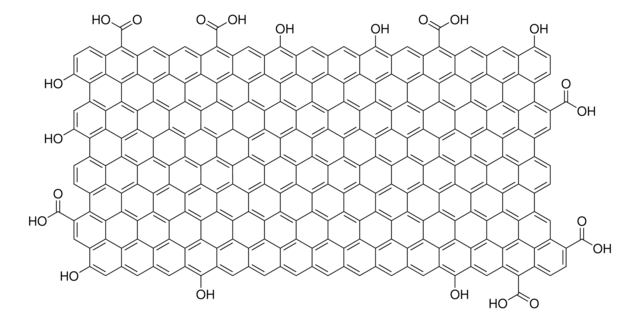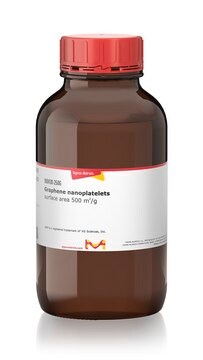922676
Graphene nanoribbon
oxidatively splitted from CNT
Synonyme(s) :
GNRs, Graphene nanoribbon made by oxidative splitting of CNT
About This Item
Produits recommandés
Description
Made by oxidative splitting of CNT
Niveau de qualité
Essai
≥80% carbon basis (EA)
Taille
≥0.0002 mm , Nanoribbon
Largeur
≥200 nm , Nanoribbon
Vous recherchez des produits similaires ? Visite Guide de comparaison des produits
Catégories apparentées
Description générale
Application
Code de la classe de stockage
11 - Combustible Solids
Classe de danger pour l'eau (WGK)
WGK 3
Point d'éclair (°F)
Not applicable
Point d'éclair (°C)
Not applicable
Faites votre choix parmi les versions les plus récentes :
Certificats d'analyse (COA)
Désolés, nous n'avons pas de COA pour ce produit disponible en ligne pour le moment.
Si vous avez besoin d'assistance, veuillez contacter Service Clients
Déjà en possession de ce produit ?
Retrouvez la documentation relative aux produits que vous avez récemment achetés dans la Bibliothèque de documents.
Notre équipe de scientifiques dispose d'une expérience dans tous les secteurs de la recherche, notamment en sciences de la vie, science des matériaux, synthèse chimique, chromatographie, analyse et dans de nombreux autres domaines..
Contacter notre Service technique